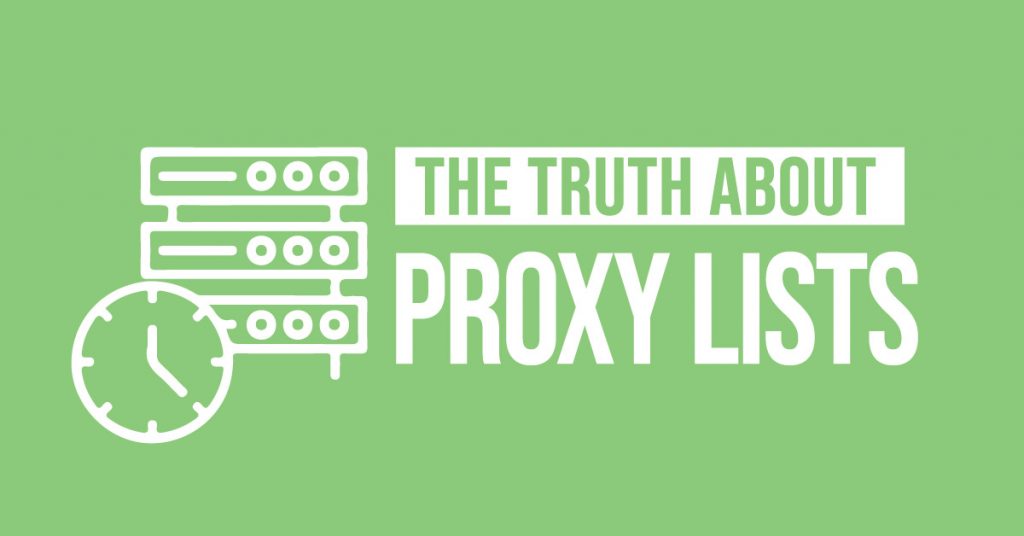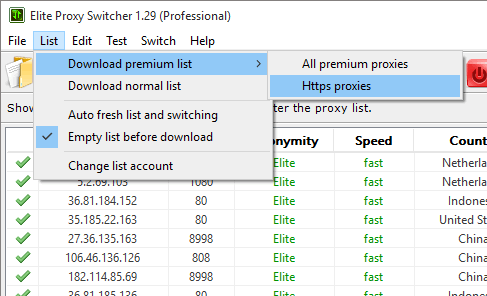

We have an online proxy checker of our own where you can enter a list of proxies into your browser and receive the main information about them. There are plenty of proxy checkers to help you do that. That’s why it’s useful to test the IPs by yourself. While proxy sites periodically filter their addresses, some of them will be dead in any case. The biggest challenge with proxy lists is to find and maintain working IPs.

#Free proxies list free
Many of them offer free trials or at least money-back guarantees. If possible, we strongly suggest getting a paid service. While research has found that relatively few free proxy servers are malicious, you should be very careful about sending private data through them and always consider the risks. They have the power to log your personal information or inject unwanted content into pages, especially if you use HTTP proxies. It can be run by hackers or other people with malicious intent. Second, you don’t know who’s behind a public proxy server. That’s about par for the course with free IP lists. Half an hour later, only 11 address out of 35 succeeded. Only 15 of them worked, meaning they could connect at all. So, strengthen your patience and prepare to constantly juggle between IPs.įor example, we downloaded 35 HTTPS IPs from ProxyScrape’s list that was checked two minutes prior. They’re also blacklisted by popular websites like Google or Instagram, unless you manage to snatch a free proxy server very early in its life cycle. As a result, they’re often slow, unstable, and don’t stay online for very long. While free proxy lists can be useful, you should have realistic expectations about them.įirst, these proxy servers are public – anyone can use them to their heart’s content. But if you believe a web proxy would meet your needs better, you can try services like KProxy, VPNBook, or CroxyProxy. Proxy lists, on the other hand, require setup and work best with web scraping tools, automation software, and other apps.

Such websites often have known hosts (for example, VPN services) and are best suited for quickly unblocking a resource of browsing from a different location. They differ from free web proxies, which are websites that let you enter URLs and surf through them. There’s really no way to know who hosts them. They’re gathered from multiple sources, some of which may not want to share their IP, while others may have malicious intentions. Free proxy lists are collected by scanning the web for computers with open connections.


 0 kommentar(er)
0 kommentar(er)
